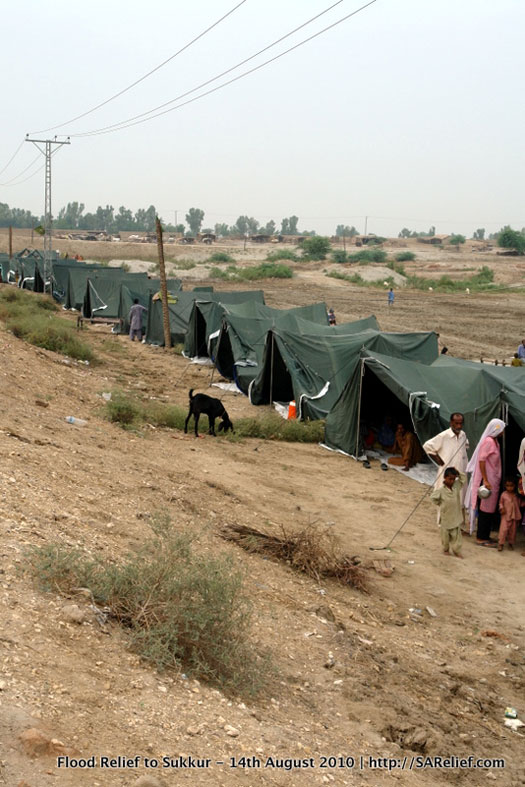Upwards of 20 million people are suffering from the massive flooding in Pakistan, according to the United Nations — more than the number affected by the 2004 Indian Ocean tsunami, the 2005 Kashmir earthquake, and the 2010 Haiti earthquake combined. Following record-breaking monsoon rains, at least 1,600 people have been killed, an estimated 72,400 homes have been destroyed, and crops from some 1.6 million acres of land have been ruined.
The international community’s tepid response to Pakistan’s worst natural disaster in history has not quelled efforts by Pakistani citizens — including several TED Fellows — to help people affected by the flooding. Faisal Chohan has built pakreport.org as a platform for reporting and mapping incidents, directing relief to areas that need it most. Other Fellows are also using their specific expertise to provide support to suffering people.
With over 20 million people affected by the floods, Faisal’s pakreport.org is expected to be the biggest usage yet of the crowdsourcing tool Ushahidi. The platform collects eyewitness accounts of flood-related incidents via SMS, email and the web. It then verifies them for accuracy and plots the data points on a map, providing up-to-date information to aid workers — an invaluable service when conventional media outlets and communication lines are down.
To contribute to accurate mapping of the crisis, people can text their eyewitness accounts of the flood to 3441 with the location of the incident. The message should begin “FL,” followed by a space and then the observation.
Sharmeen Obaid-Chinoy, currently in Karachi away from the flood waters, has been working to register the influx of Internally Displaced People (IDPs) in her hometown. “It’s easy to come and melt away in the largest city in the country,” she says. So she and other volunteers are working to account for the IDPs to ensure relief can be directed to them. In addition, Sharmeen stays connected with other journalists in the field via Twitter and texts, and connects them with her international network to provide medical support and other aid.
Because international relief agencies tend to concentrate on the highly populated metropolitan areas, Awab Alvi and Asher Hasan are traveling to the more neglected flood-affected areas in remote parts of the country. After delivering three truckloads of food and tents to some 550 people in the Sukkur and Shikarpur districts, Awab hopes to obtain more rations and tents to create a temporary “tent city” for people sweltering in 100-degree weather.
Asher and his organization Naya Jeevan, which provides micro insurance to the very poor, has partnered with Google’s Crisis Management Team to map locations of medical facilities in the region. Asher and his team are heading into the Charsadda district to provide immediate medical relief and to analyze the long-term medical needs of the region, intending to provide health care coverage for 25,000 flood-effected people in the next year.
From outside the country, Sanjana Hattotuwa contributes his expertise by curating a Pakistan flood crisis wiki providing a comprehensive collection of information and links to important news and aggregation portals.
Many other people outside of the region, including Juliana Rotich and Erik Hersman, founders of Ushahidi, have been volunteering remotely for pakreport.org and other organizations. Readers who want to help pakreport.org with donations of time (translating, tagging, verifying reports, spreading the word) or money should click the “Support Pakreport” button on pakreport.org. To contribute an organization Sharmeen works with, visit Indus Rehabilitation Trust. The information on Awab’s efforts can be found at OffroadPakistan, and Asher is working with ShineHumanity.org and UMTrust.



Comments